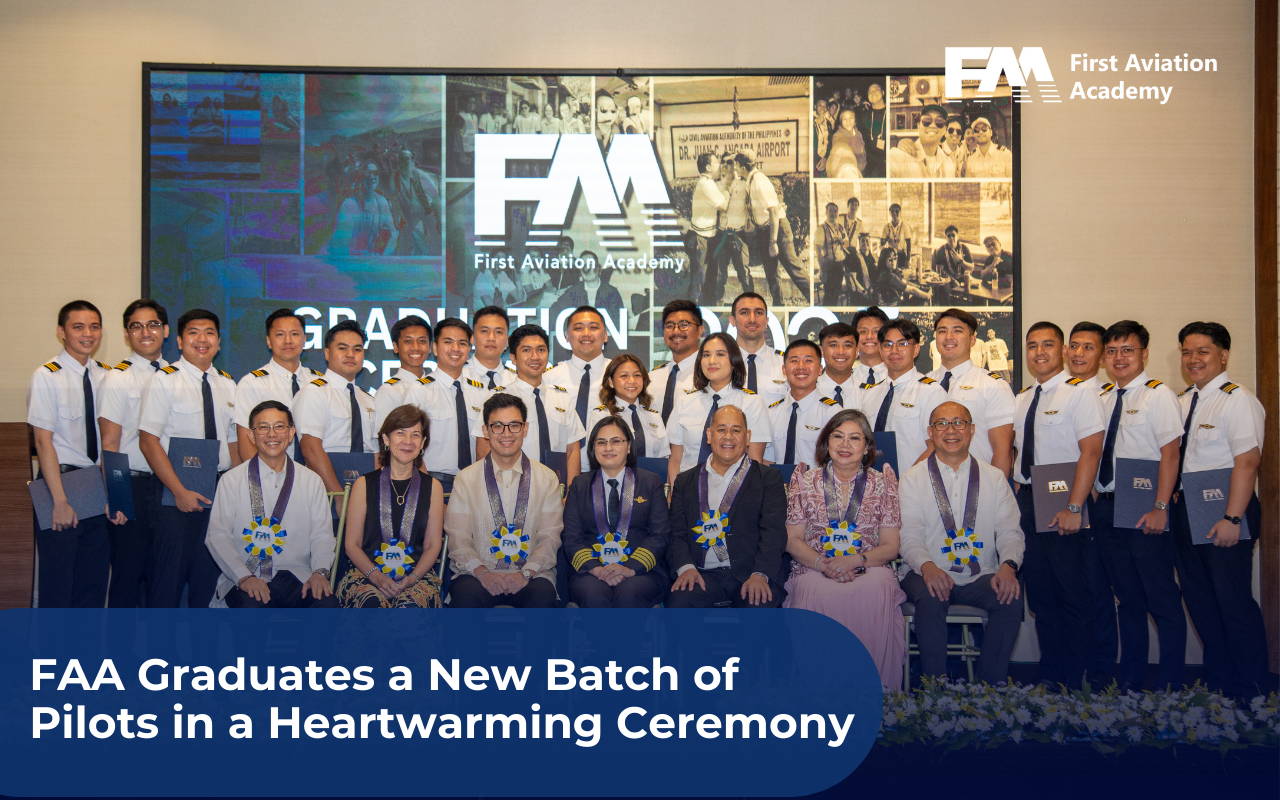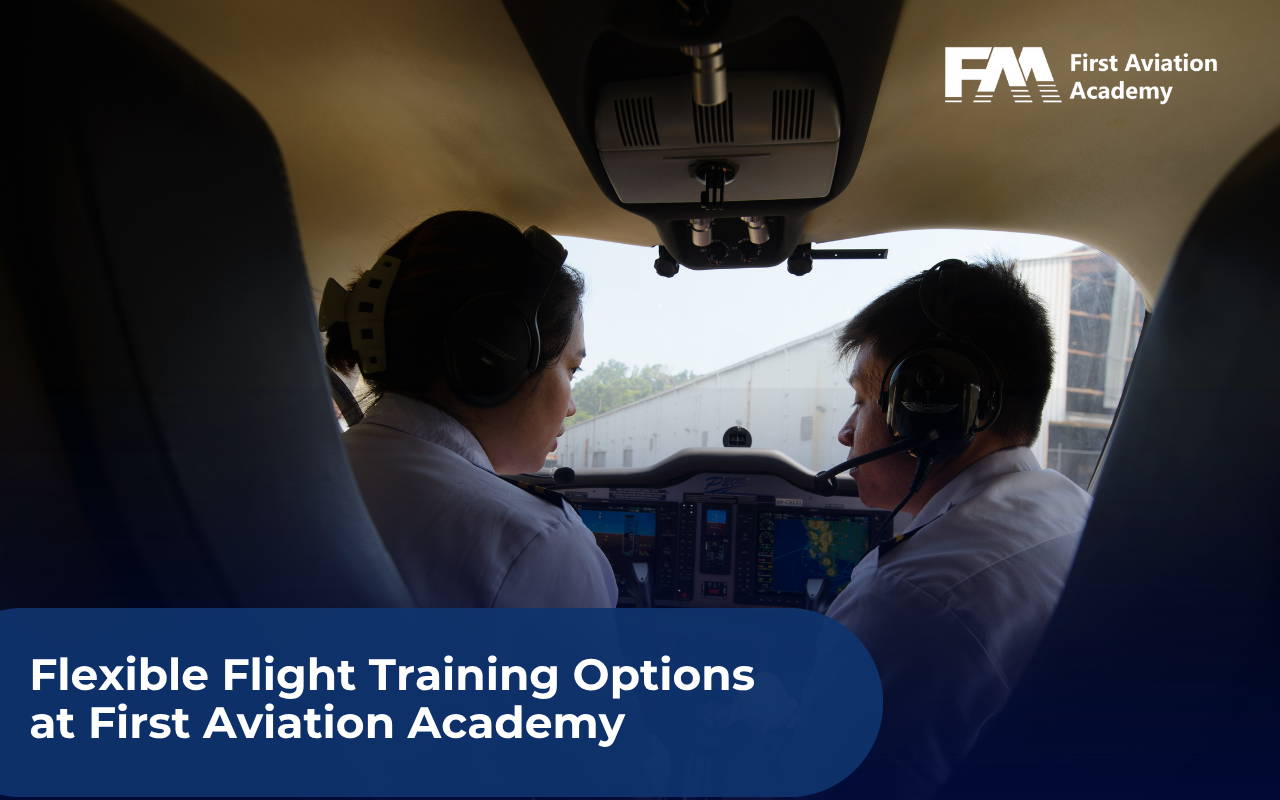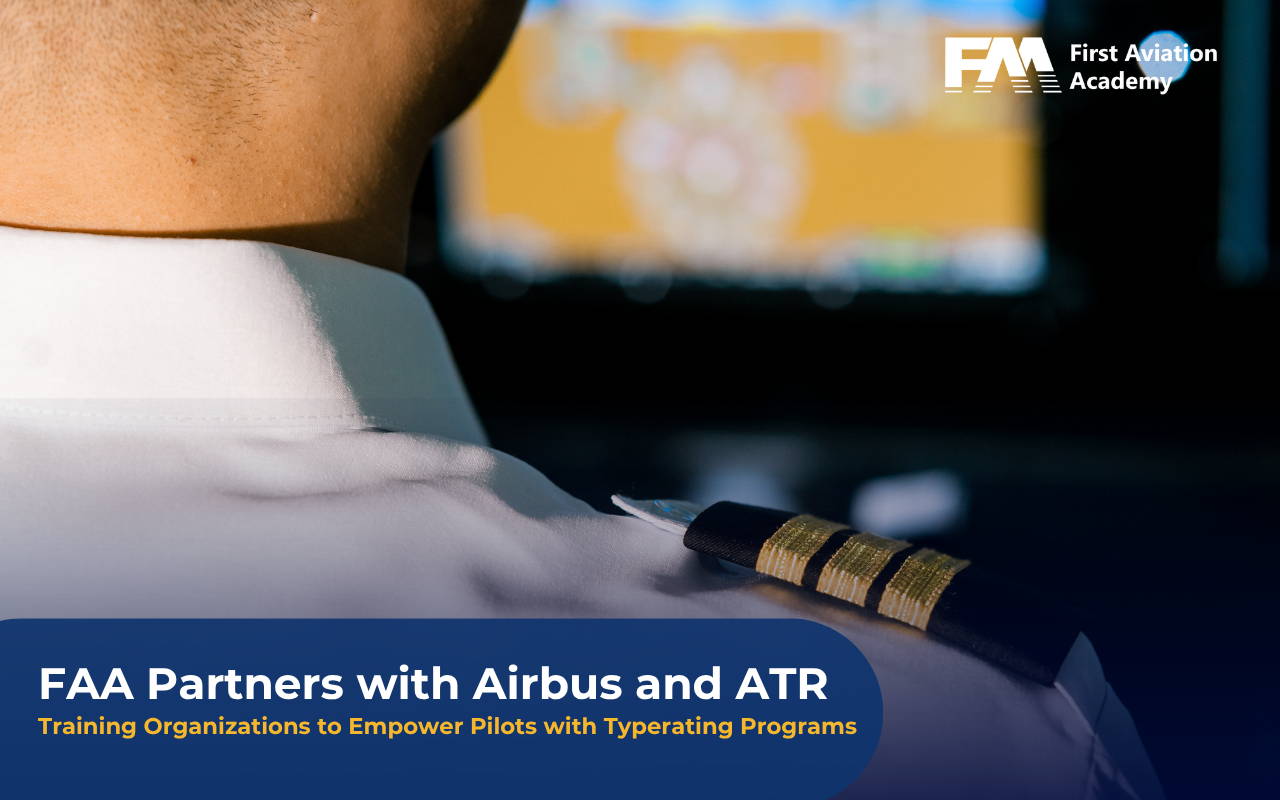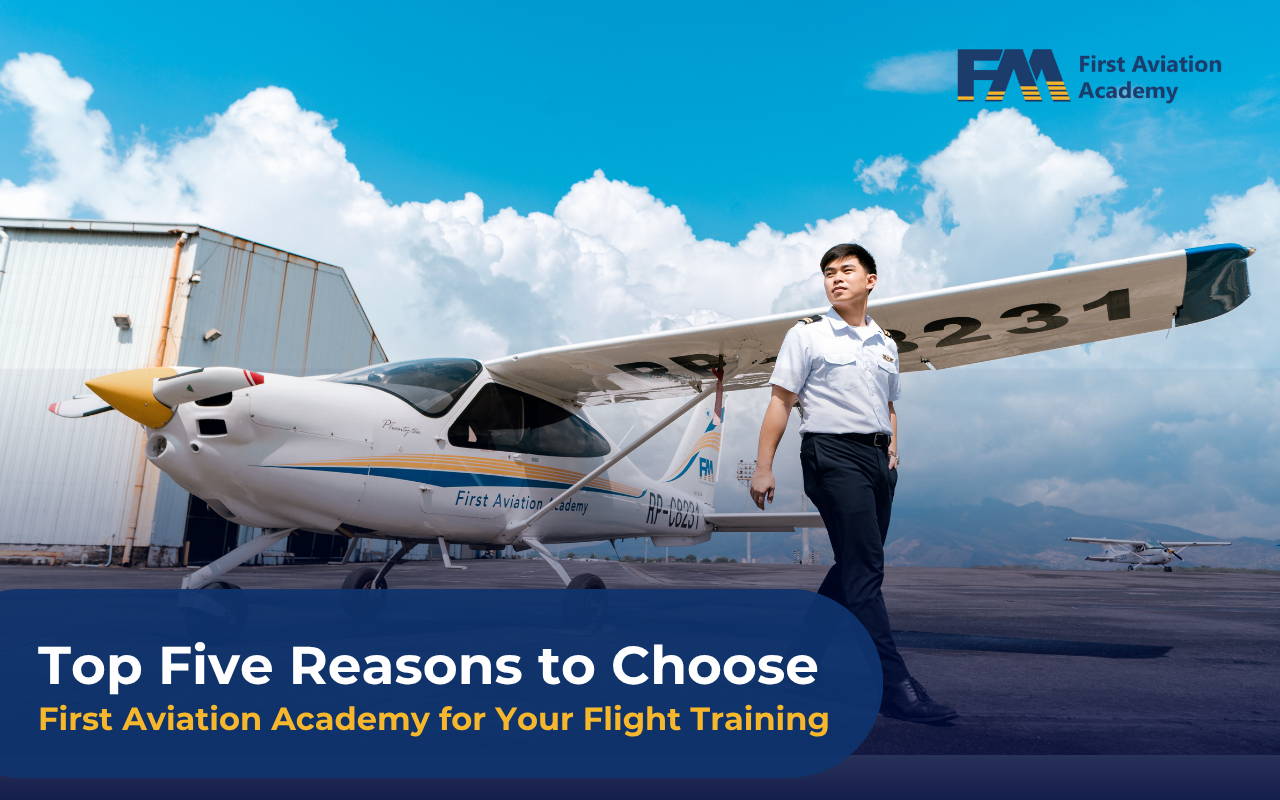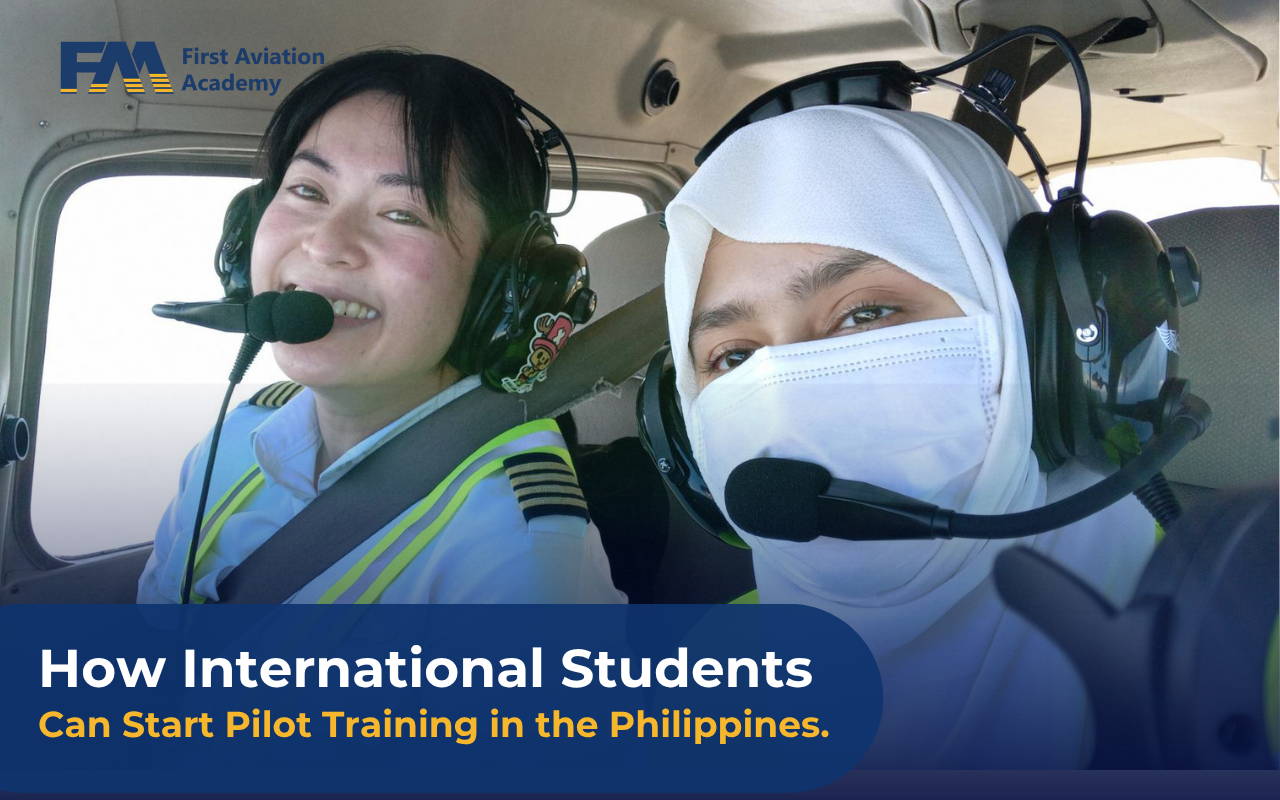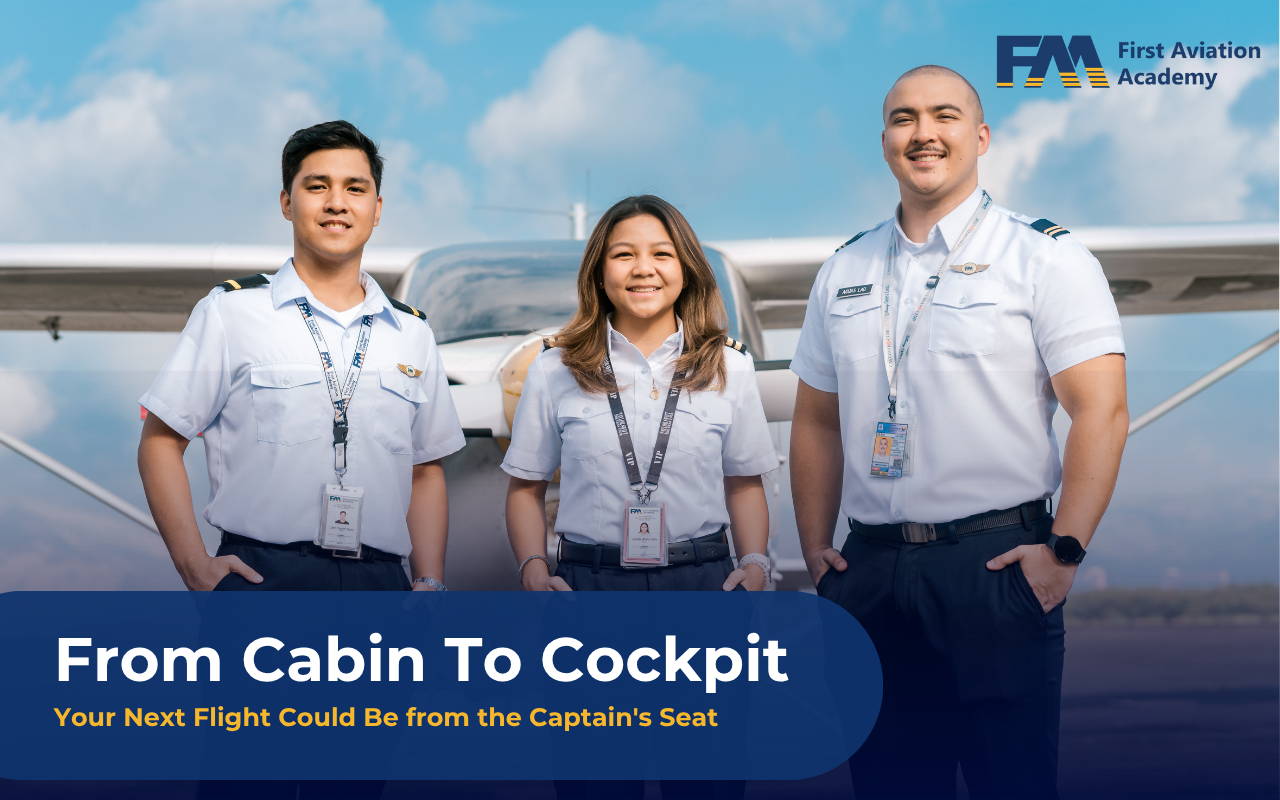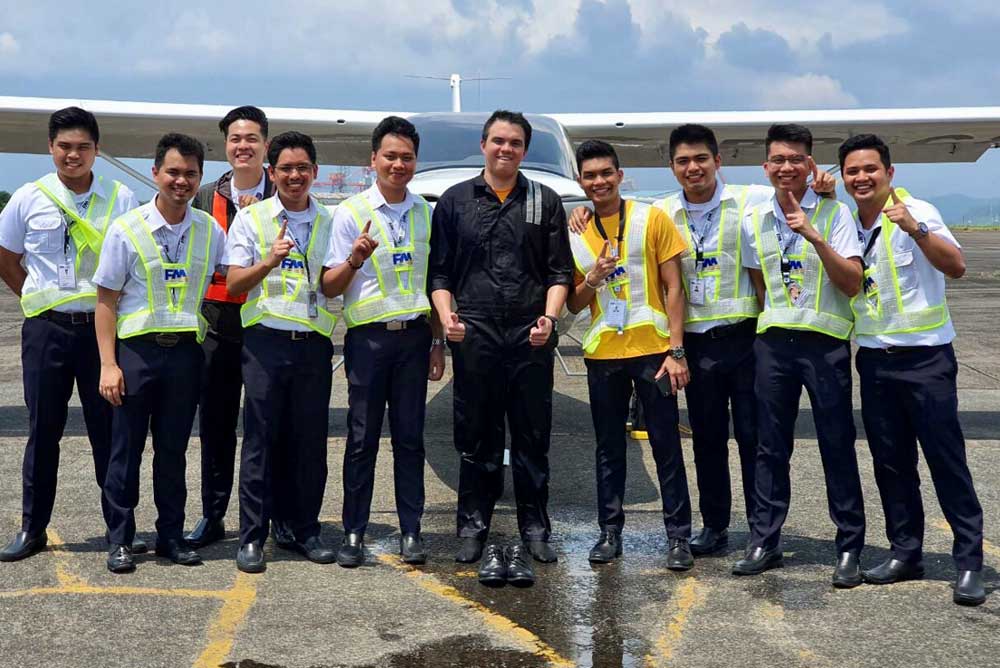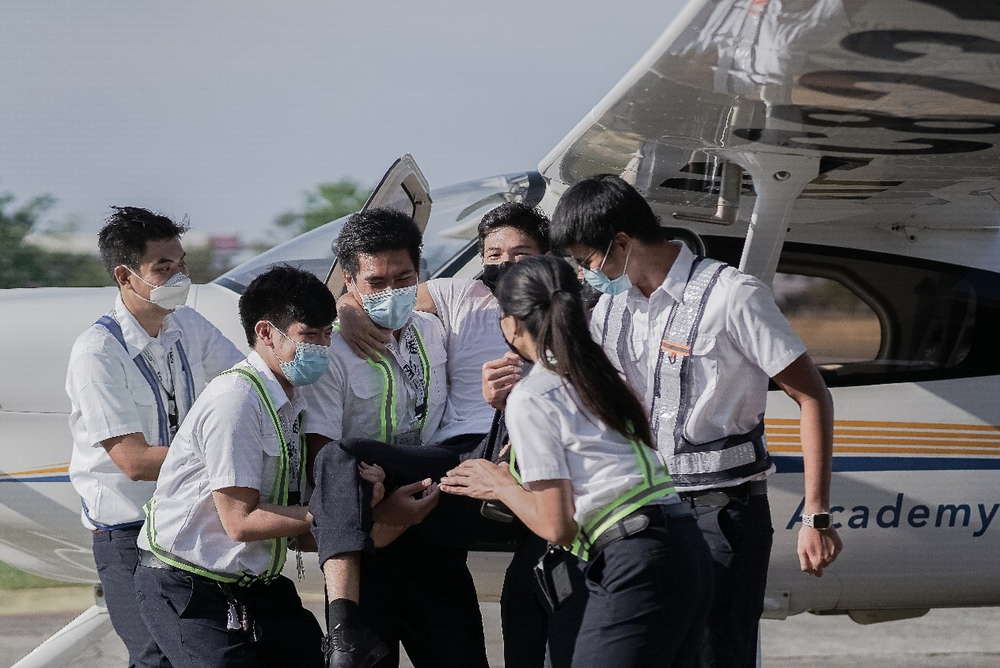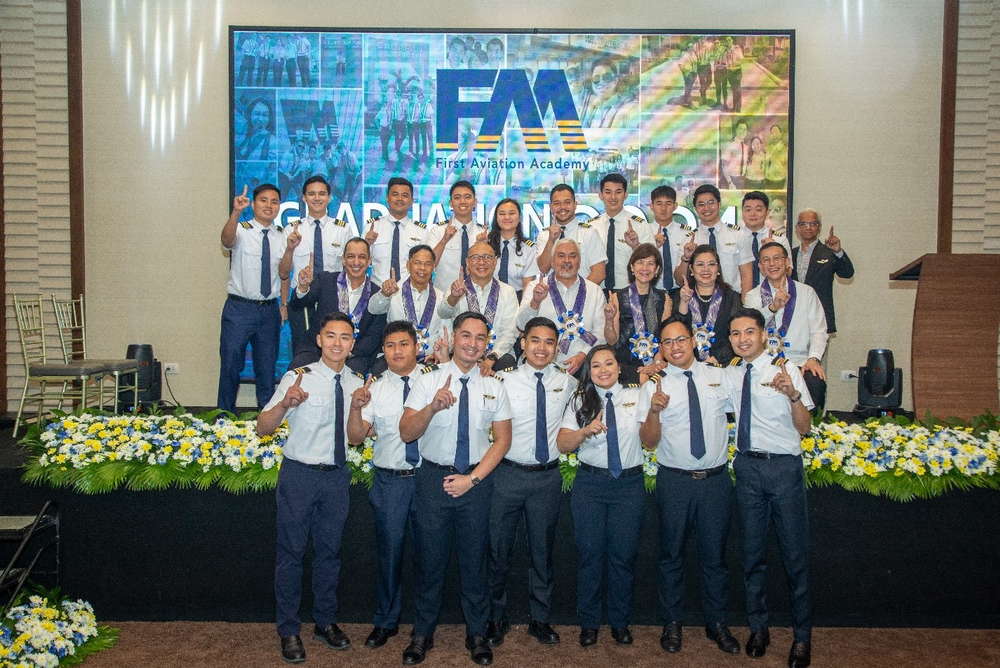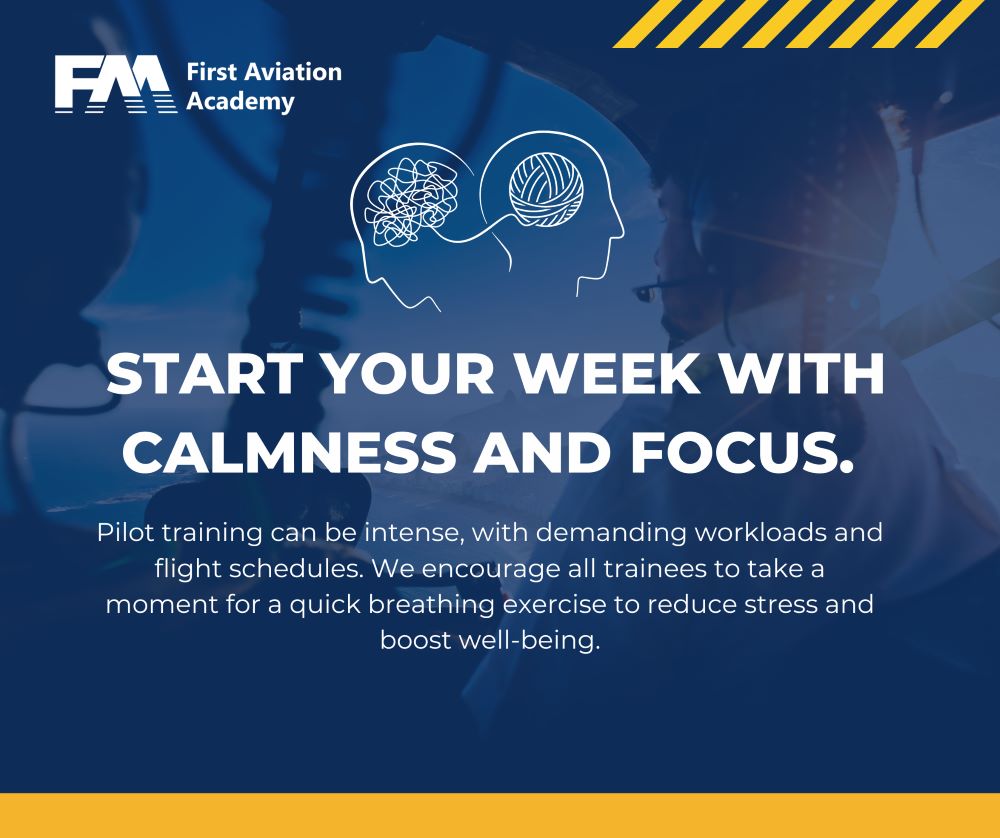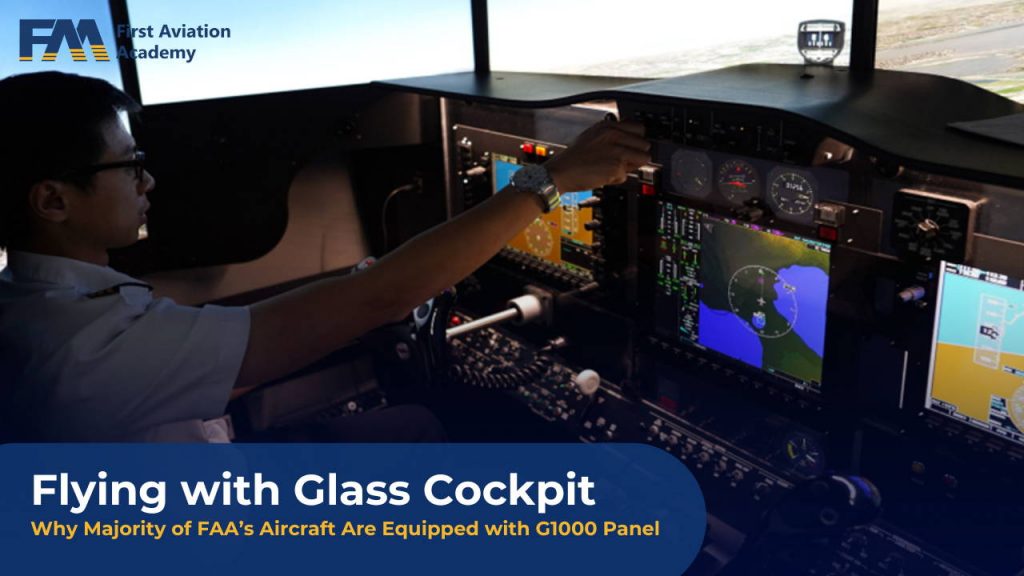
How First Aviation Academy Prepares You for Modern Airline Cockpits with G1000-Equipped Aircraft
If you’re serious about becoming an airline pilot, the type of aircraft and avionics you train with matters. In today’s fast-evolving aviation industry, airlines are looking for cadets who are not only competent but also technologically equipped to handle advanced flight decks. This is where First Aviation Academy offers a critical advantage—our fleet of Cessna 172 aircraft, which is fully equipped with the Garmin G1000 glass cockpit system, giving our students a modern, airline-aligned training experience from day one.
Whether you’re a local trainee or an international student pursuing pilot training in the Philippines, training with the G1000 puts you ahead of the curve. Let’s explore why glass cockpit experience is so essential and how FAA leverages it to produce airline-ready pilots.
What Is a Glass Cockpit?
A glass cockpit replaces traditional analog instruments (called “steam gauges”) with digital displays that present all essential flight data like altitude, attitude, navigation, engine performance, and communication in a centralized, user-friendly interface.
The Garmin G1000 is the industry gold standard in general aviation. It features Primary Flight Displays (PFD) and Multi-Function Displays (MFD), integrated GPS navigation, autopilot capabilities, real-time traffic and terrain alerts, and a robust data system that mimics the avionics found in commercial aircraft like the Airbus A320 or Boeing 737.
Why G1000 Experience Matters in Pilot Training
Training with the G1000 system builds critical avionics literacy and decision-making skills that mirror airline operations. Students who learn on glass cockpit aircraft gain several advantages:
- Early Familiarity with Modern Avionics: Airlines expect pilots to be proficient in digital flight displays. G1000 lays a solid foundation for transitioning into jet aircraft.
- Improved Situational Awareness: With integrated navigation, terrain alerts, and weather updates, cadets develop a better sense of spatial awareness and safer flying practices.
- Efficient Workload Management: Glass cockpit automation trains students to process information, prioritize tasks, and reduce errors—essential competencies for airline environments.
- Faster Transition to Multi-Crew and Type Rating: When you eventually move to an Airbus or Boeing simulator for type rating, G1000 experience makes the learning curve significantly easier.
In short, training on G1000 is no longer optional, it’s essential.
The FAA Advantage: Modern Training with G1000-Equipped Cessna 172s
At First Aviation Academy, we pride ourselves on bridging student training with airline expectations. Our fleet of Cessna 172 Skyhawks and Tecnam Aircraft are equipped with Garmin G1000 glass cockpits, giving students the opportunity to train in an advanced avionics environment early in their flight education.
Whether you are pursuing the Private Pilot License (PPL), Commercial Pilot License (CPL), or Instrument Rating (IR), you’ll be immersed in real-world, high-tech cockpit experiences from your very first flight.
This investment in technology reflects our commitment to airline-readiness. FAA is not just teaching students how to fly; we’re shaping them to become confident, competent, and cockpit-savvy professionals ready for commercial operations.
Flight Simulator Support with Redbird TD2
To complement the G1000 training experience, FAA also utilizes the Redbird TD2 simulator, a state-of-the-art training tool that mimics the same glass cockpit systems used in actual aircraft. Students use this simulator for FREE to practice:
- IFR procedures and approaches
- Emergency scenarios
- Systems navigation
- Flight planning and automation integration
This combination of aircraft and simulator-based glass cockpit training prepares students more thoroughly than traditional analog methods.
Why Glass Cockpit Training Matters to Airlines
Airlines are transitioning to fully digital, automated cockpits. Many now prioritize applicants who have trained in glass cockpit environments because they adapt faster to type rating programs and multi-crew environments. In fact, some airlines even include G1000 experience as a preferred qualification when screening for cadetship or entry-level pilot positions.
By training at FAA, you gain that critical experience, making you more competitive, confident, and capable from the moment you apply to an airline.
Join First Aviation Academy and Fly the Future Today
Choosing where to train is one of the most important decisions in your aviation journey. If you’re looking for pilot training in the Philippines that prepares you for the real world of commercial aviation, First Aviation Academy offers a clear advantage. With G1000-equipped aircraft, industry-standard simulators, and a curriculum aligned with global airline needs, FAA gives you the tools to not just earn your license—but to thrive in the cockpit.

